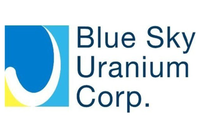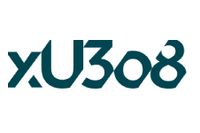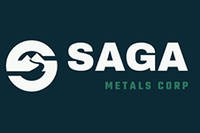Uranium Mining Companies Outperforming Uranium Spot Prices
The market valuation of Canadian companies with one or more uranium projects has appreciated approximately 22 percent over the past month and up 43 percent over the previous 12 months. Share prices of Australian companies with one or more uranium projects have also performed relatively strongly with an 18 percent increase over the past month and 18 percent over the past 12 months.
The market valuation of Canadian companies with one or more uranium projects has appreciated approximately 22 percent over the past month, up 28 percent over the past 3 months, and up 43 percent over the previous 12 months. Despite some concern over the proposed Resources Super Profits Tax, share prices of Australian companies with one or more uranium projects have also performed relatively strongly with an 18 percent increase over the past month, surging 29 percent over the previous quarter, and 18 percent over the past 12 months.
Over the last month uranium mining majors’ share prices have demonstrated a variety of results: Cameco Corp. (TSX:CCO) is up 5 pecent (3 month performance has increased 18 percent); Denison Mines Corp. (TSX:DML) is up 14 percent (3 month performance climbed 26 percent); Uranium One (TSX:UUU) is relatively flat (3 month performance appreciating 28percent), Energy Resources of Australia Limited (ASE:ERA) up 1 percent (3 month performance was slightly negative with 5 percnet depreciation) and Paladin Energy Ltd (ASE:PDN) down 4 percent (3 month performance declining 3 percent).
The Uranium One three month price volatility is attributable to the announcement of the ARMZ transaction; and ERA’s 6 month price decline has been attributed to a number of factors including the impact to sentiment of the decision to subsume nearby uranium deposit Koongarra [Areva Group (EPA:CEI)] into Kakadu NP.
The Merrill Lynch Uranium Equity Index (consisting of a portfolio of uranium equities) has increased 4 percent over the past month, appreciating 9 percent over 3 months and declining 17 percent over the trailing 12 month period.
Short Term Decline in Uranium Prices
The uranium spot price retreated this week losing some of the momentum gained earlier last month. TradeTech reported its Spot Price Indicator at $46.50 per pound, down $1.50 from last week. The reduction in spot price has been the result of a lack of firm buying interest at higher prices, along with the introduction of new supply. Five transactions were concluded last week with buyers including both producers and traders.
The reduced prices attracted buyers back into the market, and new demand emerged late in the week with two buyers entering the market to buy a total of up to 1 million pounds of uranium. A producer issued a Request for Proposal (RFP) for the purchase of up to 500 thousand pounds with offers due at the end of last month.
On the supply side, USEC is expected to issue a proposal this week, on behalf of the US Department of Energy (DOE), requesting bids for approximately 640 thousand pounds of uranium. This material is being sold to fund additional cleanup efforts at the Portsmouth, Ohio enrichment facility.
Spot Price Outlook
With the uranium spot price currently trading at $46.50 per pound, it is up 14 percent from 3 months ago ($40.75 per pound) and still showing an improvement since the start of the year, when it was $44.50 per pound.
Some analysts are now expecting the uranium spot price to find a floor around the $45 to $50 per pound range. This gradual drift in spot and contract prices over the past 12 months reflects in part the tremendous growth in new mine supply from Kazakhstan’s ISR projects.
Recent price influences driving the spot market up to $48 per pound are not entirely clear, though traders point to purchases from major producers. Utility purchases remain discretionary though timing of demand from long term Chinese inventory build remains a factor and will continue to influence short term market trends, as will, increasingly, Japanese and Indian utility purchases.






